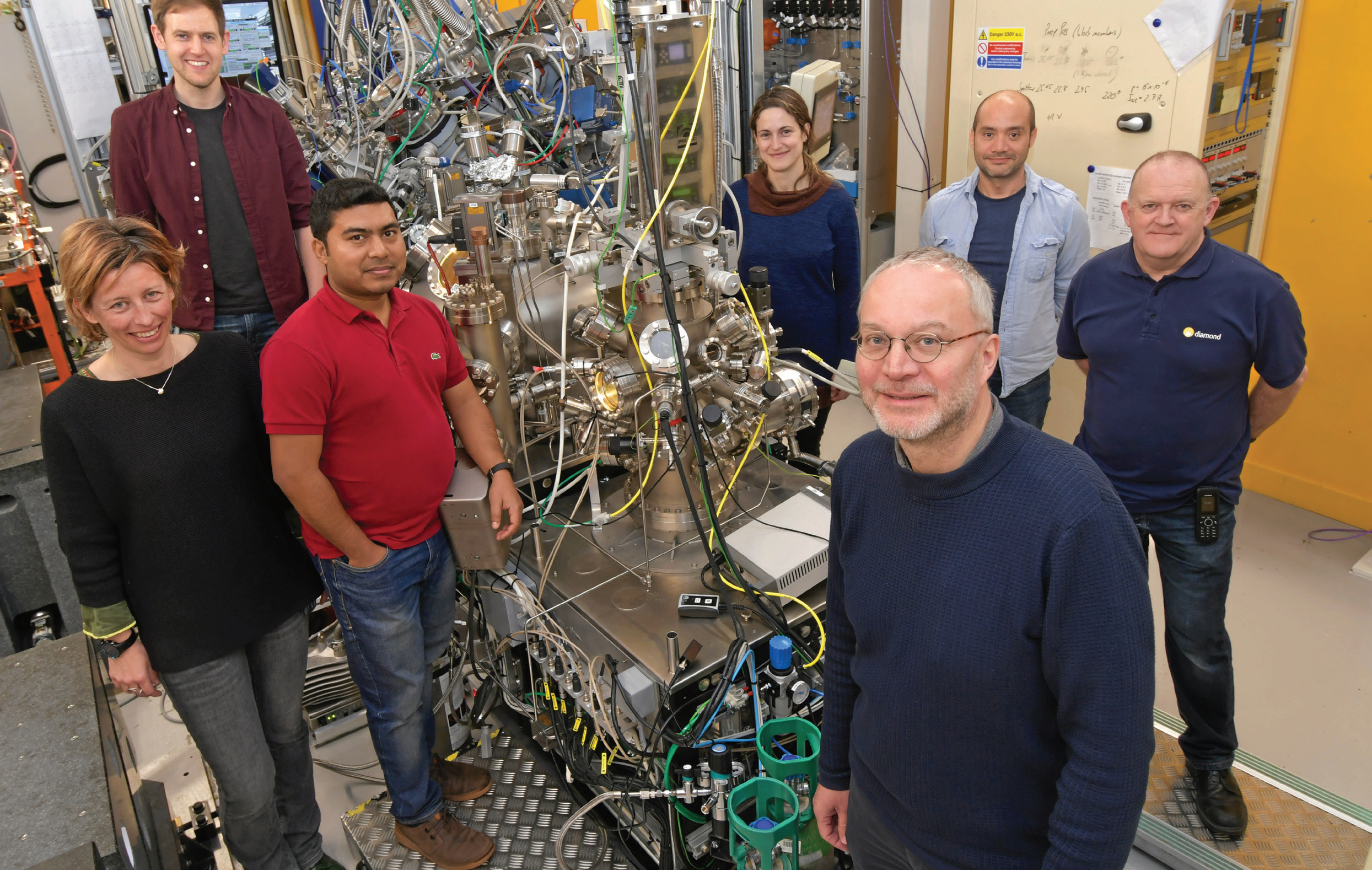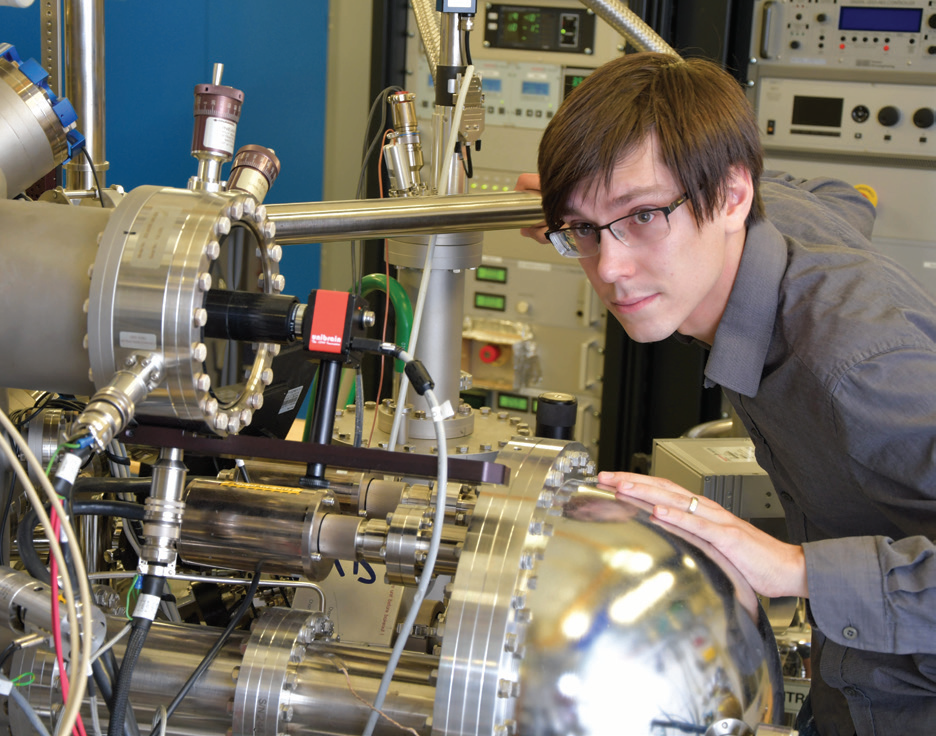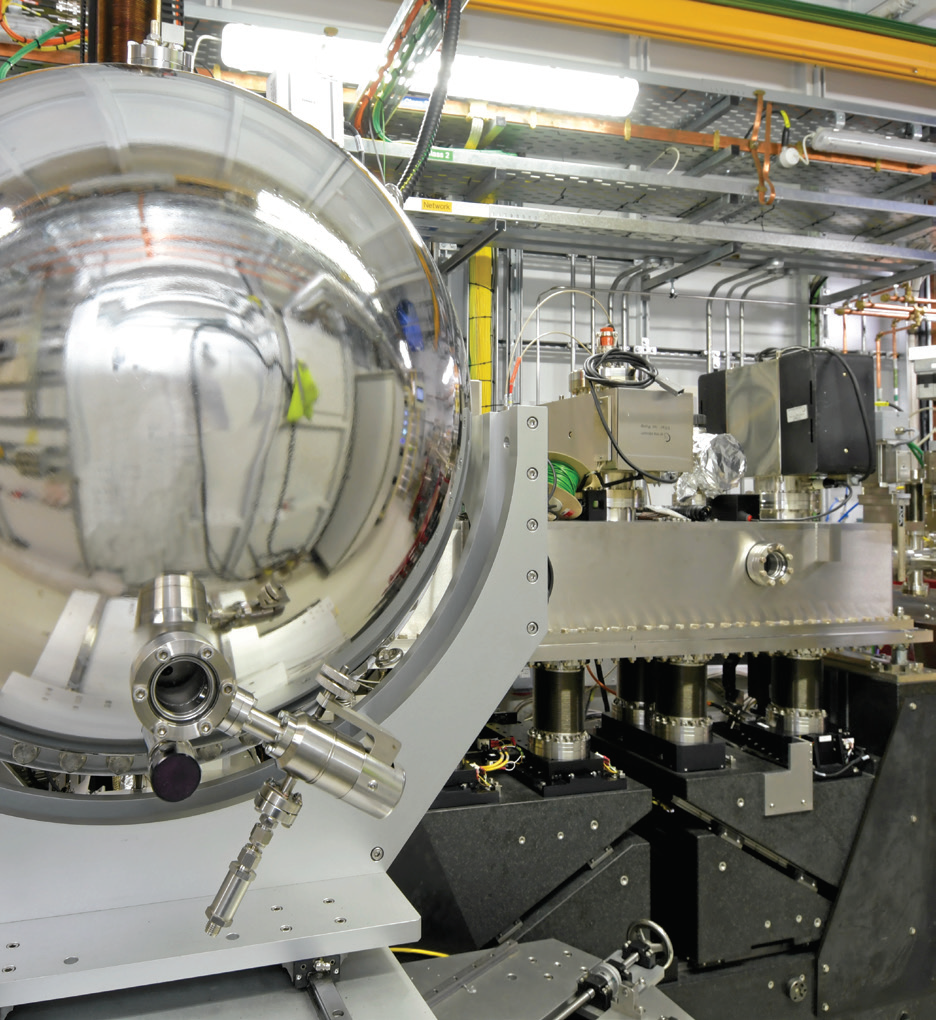Keep up to date with the latest research and developments from Diamond. Sign up for news on our scientific output, facility updates and plans for the future.

The new group structure enables the science team to work much more closely with engineering colleagues and software developers that are aligned with the science groups, leading to common solutions across the beamlines. It also encourages cross group developments, and we are strengthening interactions with the Magnetism Group, spectroscopy beamlines, and the Soft Condensed Matter Group in a number of science areas such as energy materials and catalysis. This cooperation enhances our ability to work more closely with user groups, offering a comprehensive range of techniques to non-specialists that aids understanding of their science problems.
The beamlines within the group continue to develop through a number of major and minor upgrade projects, whilst maintaining active user and in-house programmes.

Beamline I09 is continuing to develop optimised end stations for Hard X-ray Photoelectron Spectroscopy (HAXPES) to improve studies of the electronic states of buried interfaces, and a momentum microscope to produce images of the electron band structure directly in momentum space. The HAXPES system has been transferred to its final home on the hard X-ray branch. As it has already been utilised in user experiments on the soft X-ray branch, only a limited amount of commissioning is required to optimise the system for the higher energies. The system will be available for user experiments from early 2020. The soft X-ray ARPES system (the momentum microscope) is being designed in collaboration with two user groups (Gerd Schönhense's, Johannes Gutenberg-Universität and Ralph Claessen's, Universität Würzburg), with the key development being to implement a novel electron analyser. It is a complex system that will require extensive commissioning and optimisation; the aim is to have it available for user experiments in 2021. Future upgrades to I09 are likely to include new optics to improve the energy resolution of the spectroscopic measurements and prepare the beamline to fully exploit Diamond-II.

Beamline I07 has been in a period of stable operation for the last few years, but is now entering its next stage of development. There is a new Diamond-designed monochromator (planned installation in June 2019) that will improve the beam stability in preparation for a transition to use smaller X-ray beams (reduce the beam dimensions to a planned size of ~10μm), and to exploit Diamond-II. Plans are also underway to upgrade the sample environments, in particular the Ultrahigh Vacuum (UHV) system for in situ MBE studies, and to expand the electrochemistry provision. Other developments are focusing on improving the usability of the beamline through the introduction of fly-scanning, auto-attenuation, and more versatile (and automated) data reduction software. New detectors with smaller pixel sizes and higher dynamic range (integrating detectors) are also part of the beamline roadmap in order to exploit the new source.
Diamond Light Source is the UK's national synchrotron science facility, located at the Harwell Science and Innovation Campus in Oxfordshire.
Copyright © 2022 Diamond Light Source
Diamond Light Source Ltd
Diamond House
Harwell Science & Innovation Campus
Didcot
Oxfordshire
OX11 0DE
Diamond Light Source® and the Diamond logo are registered trademarks of Diamond Light Source Ltd
Registered in England and Wales at Diamond House, Harwell Science and Innovation Campus, Didcot, Oxfordshire, OX11 0DE, United Kingdom. Company number: 4375679. VAT number: 287 461 957. Economic Operators Registration and Identification (EORI) number: GB287461957003.